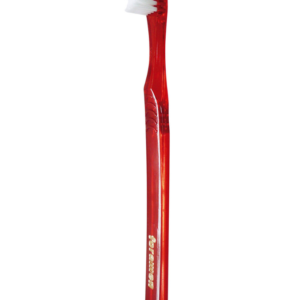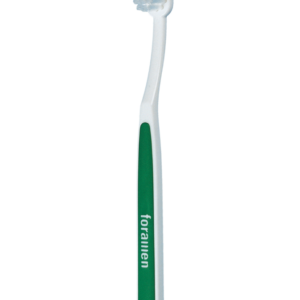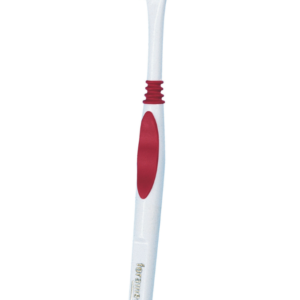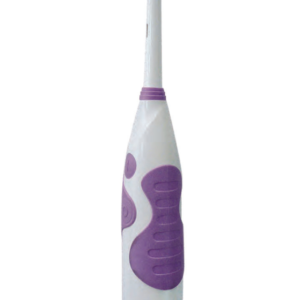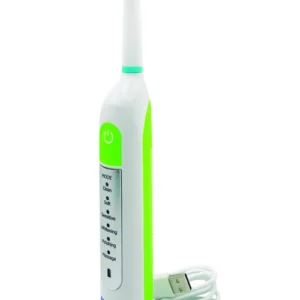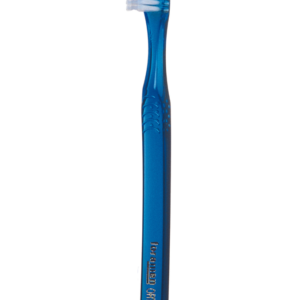
History of the toothbrush
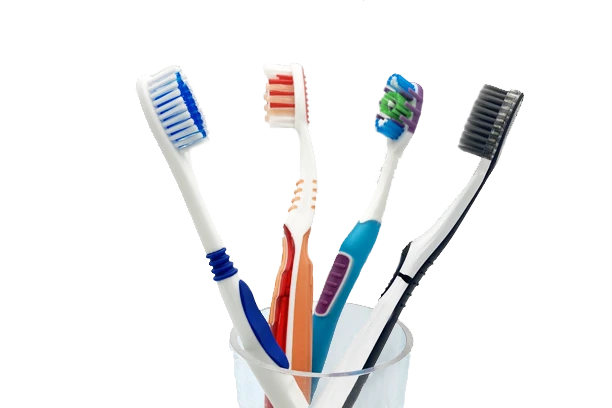
Have you ever wondered when the toothbrush was invented? As is often the case with many everyday objects, their appearance was not instantaneous, but is due to an evolution that has taken thousands of years.
People have known for a long time that they had to clean their teeth, so they have used whatever was available to them to do so, such as vegetables, which now seems very primitive.
It all started with chewing twigs
If we look at historical records, we realize that already in Ancient Egypt and Babylon people took care of their teeth. In fact, around 3500 B.C., aromatic tree branches were used for this purpose.
In Africa and India, neem and arak branches were used because they have antibacterial properties. They didn’t know why, but it kept their teeth from hurting.
Where did the first toothbrush come from?
We have to wait a few thousand years and travel to the 7th century AD, to China, to see what a toothbrush similar to the one we have today would look like.
It consisted of a handle made of bone or bamboo, to which boar hair bristles were attached. It was not the most comfortable brush, due to the hardness of the bristles, but it was used for centuries and was taken to Europe.
When did you arrive in Europe?
Already in Europe, the toothbrush was a thing of the wealthy. It became popular in the 17th century and did not evolve much from the Chinese version.
In fact, only the handle was changed for an ivory or silver one, with the idea of representing the social status of the person who owned it. As for sows, they continued to be boar and horse in the richer regions.
For their part, the poor did not even know them and cleaned their teeth with rags dipped in salt or ashes.
What happened in the Industrial Revolution?
During the 19th century, the Industrial Revolution, which began in England in the previous century, spread throughout the world.
It was the event that changed the planet the most, before the advent of the Internet, and that was reflected in the toothbrush. Here, there was a shift from artisanal production to industrial manufacturing, which had a direct impact on the availability of brushes.
Thus, mass production appeared thanks to machines and new techniques. The cost is reduced and then oral hygiene reaches the majority of the population.
Although it is not entirely certain, it seems that the inventor of our toothbrush was a certain William Addis in England, around the year 1780.
He came up with the design in prison, when he put together a veal bone and pig hair. That made it economical and viable for mass production, which happened as soon as Addis was released from prison.
Over the years, the design has evolved. Manufacturers experimented with many types of bristles, but for the time being they were still pig bristles.
When do synthetic bristles appear?
We have to wait until the 20th century, just at the time when another revolution took place with the invention of synthetic materials.
We know that it was in 1938 when brushes were first equipped with nylon bristles and the architect of this was Dupont de Nemours. He succeeded in inaugurating an era in which animal sows were ended, gaining in hygiene.
Of course, this important element of a healthy mouth continued to change. In fact, a few years after nylon bristles appeared, the first electric toothbrush came on the market.
It was invented in 1954. It made brushing more efficient and kept the mouth free of bacteria.
Have there been changes in our century?
Yes, there have been, and some of it seems to have been backwards. The reason is that materials such as plastic get a very bad press because we have the planet polluted by them.
That has led to a return to natural and biodegradable materials, with woods such as bamboo and the like.
At the same time, those electric toothbrushes that were invented in the second half of the last century have little to do with today’s toothbrushes.
We now use smart electric toothbrushes, which monitor the way we brush our teeth and give us tips to improve our brushing habits.
In addition, they come with various modes and timers. Some tell us, through a vibration, the seconds to dedicate to each “quadrant” of the mouth, so we brush all our teeth for the correct amount of time.
It won’t be long before brushes will emerge that can analyze the amount of bacteria in our mouths, tell us if there is too much plaque build-up, etc., and when that happens we will have them in Foramen.
Share

